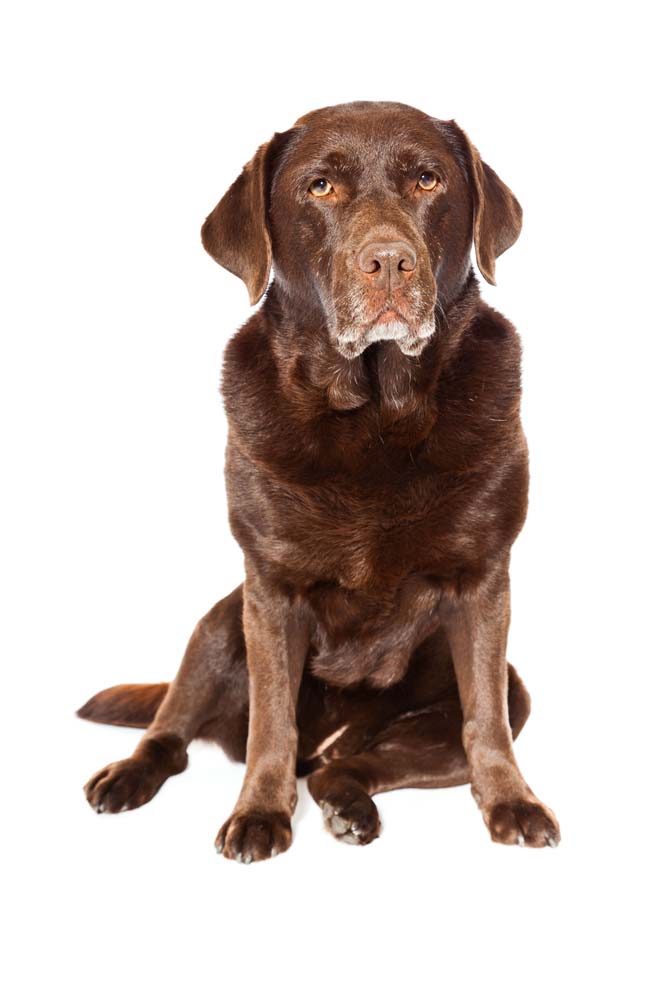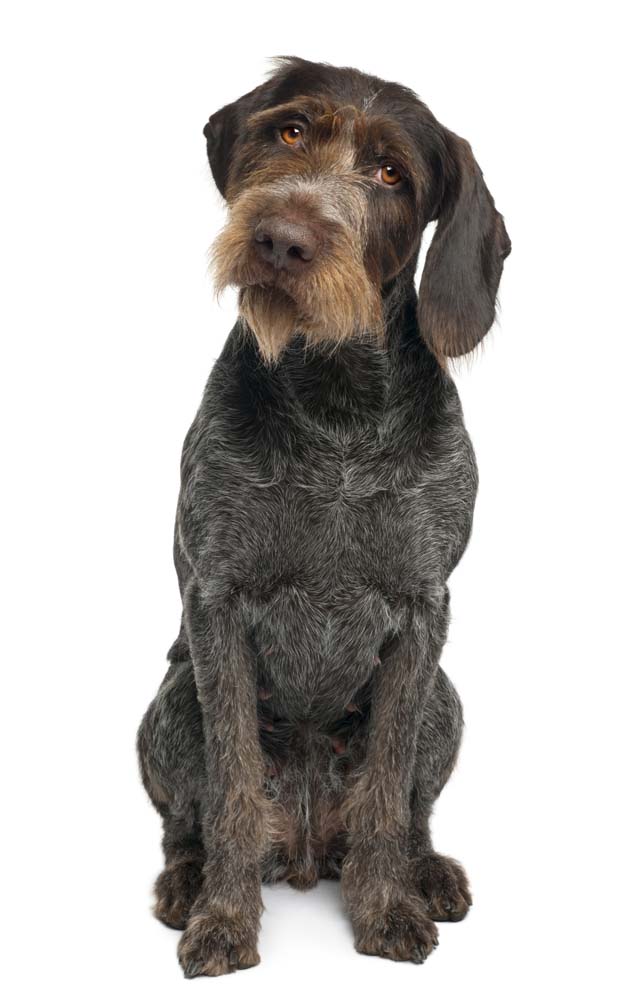Cancer patients whose disease cannot be cured usually do well for a while. However, once their condition starts to decline, this happens relatively fast (duration of maximum a few months). This means that the greatest care is necessary towards the end of life. Because the decline can happen relatively fast, it is useful to prepare yourself for this, preferably in collaboration with your veterinarian.
For comparison: in case of a sudden death, as in an accident, one suddenly stops functioning. This is contrary to organ failure (e.g. chronic kidney failure) where after a bad period a revival can occur, which is again followed by a worse period during which the patient slowly but surely becomes less functional and deteriorates. For cancer patients a high quality of life is maintained quite long (weeks, months, to possibly years), but once the patient deteriorates, this generally progresses fast.
Depending on the tumour type, the disease can have a slow or fast course. More information can be found in the section tumour types (under the title prognosis).


